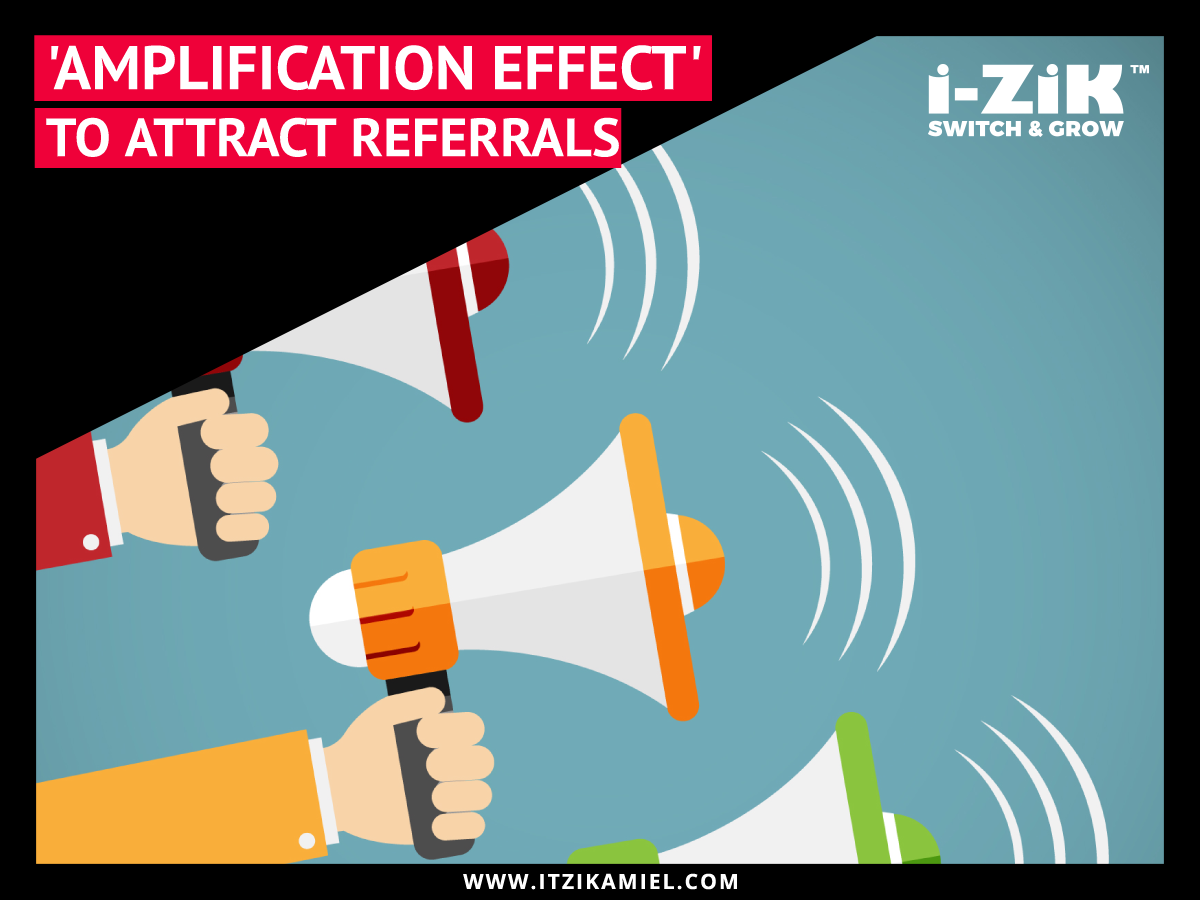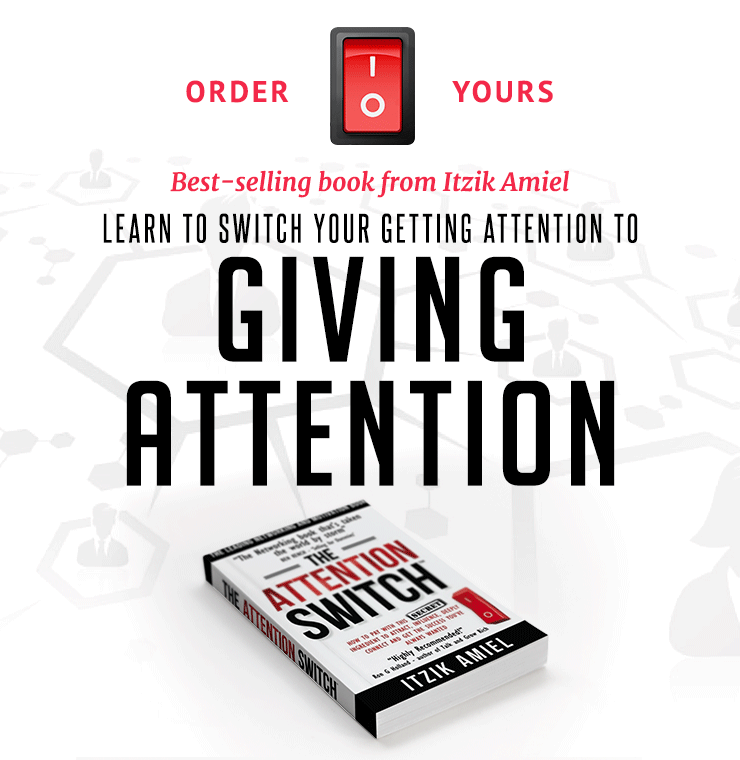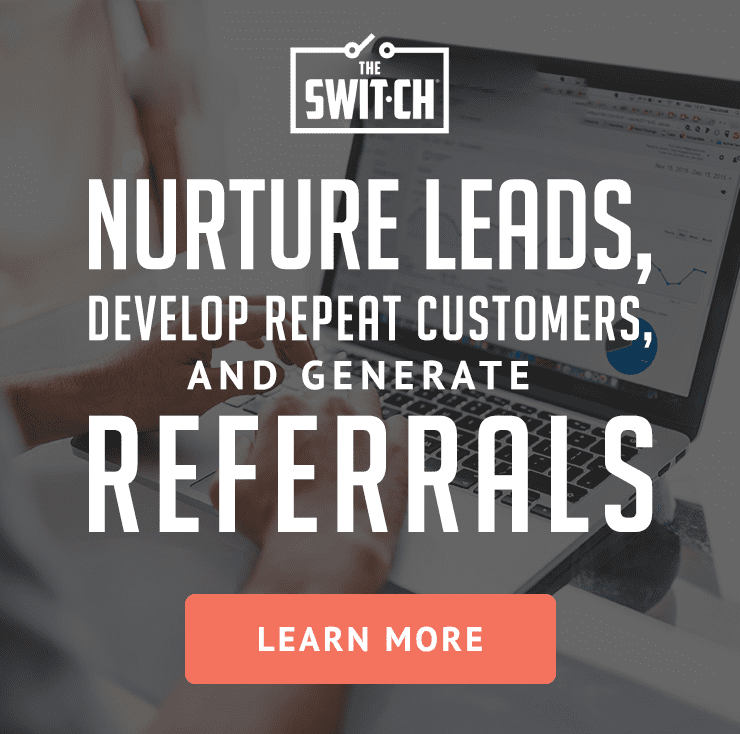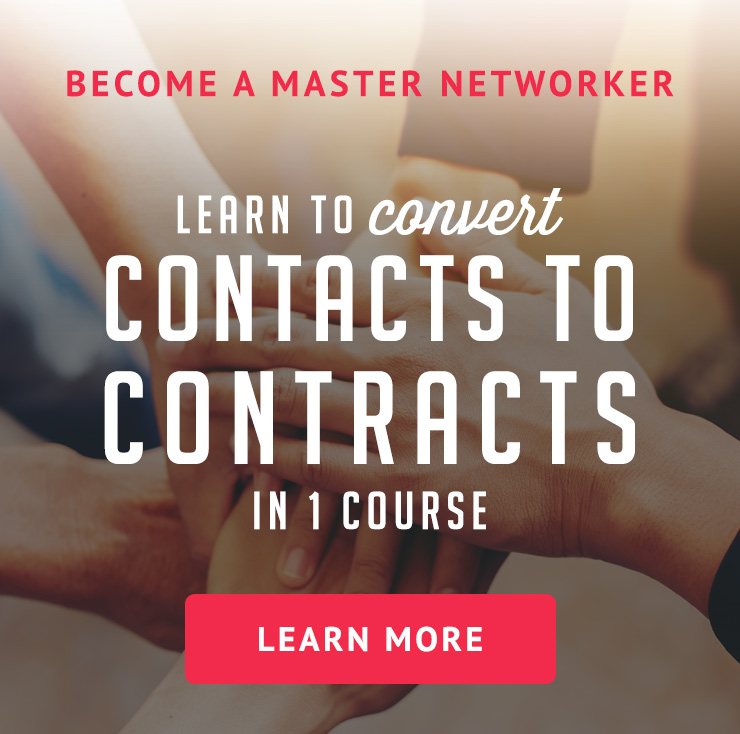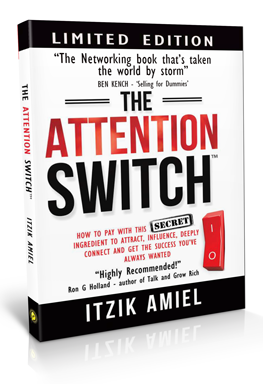In one of my latest events, I decided to check one of the principles I believed dearly in while practicing “Attentional networking” [see more in my book “The Attention Switch”].
I have asked all the hundreds of attendees 2 questions: first, how did they hear about the event and second based on what they decided to join this event?
Not surprisingly, many of the attendees heard about the event from their contacts, friends, online discussions on social networks etc. And the positive words and sharing about the event made them decide almost immediately to join and experience it for themselves.
This is very interesting.
Without the need for big budgets, without the need to have every person in your immediate social network, without the need to oblige people to share, you get amazing results. Moreover, a room full of like-minded people that enjoy sharing time, knowledge and resources with each other.
This is definitely something you want in your business and you need to pay ATTENTION to!
It is not a secret that one traditional concept works across all industries and professions and has been a king for a long time – word-of-mouth (WOM).
WOM has been an effective component of the marketing armory for many professions and entrepreneurs for decades.
But we are now in “the connecting age” and the power of referrals and personal recommendations has of course now taken on a completely new and far-reaching persona in the shape of social media networks (IA: I refer to both online and offline social networks).
One of the biggest social media marketing buzzwords this year is: ‘Amplification’.
What is the ‘Amplification Effect’?
Amplification is the concept of taking a positive action – a purchase, a light-touch interaction or full-on review – saving it and then sharing it far and wide.
After all, 90% of us trust recommendations from friends – so surely it makes sense to push the genuine endorsements we do receive to their absolute limit?
The ‘Amplification Effect’ works for your business by getting your message promoted (amplified) through employees, clients, business partners, fans, and influencers. Each individual share extends your messaging to their personal network, who can then promote it to their network and so on.
Obviously, the exposure that your message and content gets very much depend on the kind of the ‘amplifier’ who has shared it.
When done correctly, by right people (choice obviously is a very important part of the process) ‘social amplification’ can build your brand’s authority in your industry.
This is a very powerful, and if done correctly, a genuine method to create brand awareness and get more referrals to your business.
Social Amplification vs. WOM
If I ask you to identify your most outstanding source of new business? I bet many of you will identify it as the word-of-mouth (WOM) referrals from satisfied customers.
Ask yourself the question – how many of your own buying decisions in everyday life are influenced by what you heard from your friends, family, and contacts or even from your social media connections or a social media post?
It is important to repeat it: WOM referrals from customers had the largest impact on customer growth.
While traditional WOM is built on one-to-one relationships, ‘Social Amplification’ is one-to-many relationships. ‘Social Amplification’ is WOM on steroids.
Now, what if I tell you that even if your business or your firm aims at B2B, WOM is extremely important to you. With no doubt, WOM can be a powerful tool for your marketing activity.
I based my assumption on an astonishing fact – 91% of B2B purchasers said that their buying decisions were influenced by WOM. This with no doubt makes this form of engagement vital for all organizations, entrepreneurs, and firms – no matter their market sector – to get right.
In their paper ‘Shopping and Word-of-Mouth Intentions on Social Media’ Patrick Mikalef, Michail Giannakos and Adamantia Pateli state:
“An equally important aspect of the shopping experience is the sharing of information that a consumer will proceed to after he has engaged in the shopping process. Referral marketing as it is also termed is an aspect that is cited by practitioners and scholars at an increasing rate.”
“Additionally, users tend to share information on a product that they have seen and would be of interest to friends and peers, a typical action of post-browsing. Being familiar with a product and aware of recent product trends also leads to relatively high levels of WOM activity. Thus, a product browser might be considered as a socially integrated consumer. This creates new implications for marketing managers since consumers are generators of informal campaigns to their circle of acquaintances. The ease of sharing information is greatly increased through Internet technologies and especially by use of social media.”
The different faces of the Amplification Effect
In a research done by McKinsey McKinsey outlined 3 sorts of WOM and how it could be amplified for business purposes:
Sort #1: Experiential WOM
50% to 80% of WOM activity done by Experiential WOM.
This sort of WOM results from a customer’s direct experience with a service or a product. In many cases, it largely happens when the experience of the client deviates from what’s expected by him.
Complaints, when a person had a bad experience in a restaurant are a classic example of experiential WOM, which adversely affects the company brand.
On the other hand, Positive Experiential WOM, can generate a positive boost to a product or a service.
Sort #2: Consequential WOM
The second sort of WOM named by McKinsey “Consequential WOM”, which occurs when customers directly exposed to traditional marketing campaigns pass on messages about them or about the brands they publicize.
McKinsey, correctly assume that the impact of those messages on clients is often stronger than the direct effect of advertisements, because marketing campaigns that trigger positive WOM has comparatively higher campaign reach and influence.
Sort #3: Intentional WOM
A less common form of WOM is “Intentional WOM”.
This WOM created by marketers by using celebrity endorsements to trigger positive buzz for product or service launches.
The (positive) effects of this sort of WOM are difficult to measure and it is not so commonly used by companies.
Powerful Insight
Word-of-mouth is the most powerful channel of influence, and social will only further cement this reality—especially in a world of big data, where social’s trackable and attributable nature will give us insights into consumer behavior and its potential and current influence.
Just as significantly, social’s trackable and attributable nature will also give us a more nuanced understanding of how people are influenced socially.
But the ultimate takeaway is that social is misunderstood in many quarters.
In their paper McKinsey concluded:
“WOM equity empowers companies by allowing them to understand WOMs relative impact on brand and product performance. While marketers have always known that the impact can be significant, they may be surprised to learn just how powerful it really is.
“The flexibility of WOM equity allows us to gauge the WOM impact of companies, products, and brands regardless of the category or industry. And because it measures performance rather than the sheer volume of messages, it can be used to identify what’s driving—and hurting—WOM impact. Both insights are critical if marketers are to convert knowledge into power.”
What is clear is that most WOM still takes place offline, but increasingly the digital channel is becoming more important.
Companies, firms, entrepreneurs and professionals need to develop this specific referral channel to ensure the positive endorsement that they receive is leveraged and amplified correctly.
For me, ‘social amplification’ is a more advanced version of something we already understand very well—word-of-mouth—and, when harnessed effectively and authentically, it can become the most important connecting channel for your business.
WOM has always been a powerful and vital connecting and connecting technique. In the connecting age and with social media, its power has been amplified.
Have you leveraged on the ‘Amplification Effect’ in your business? How do you create Business Ambassadors to your business?
Please share with me your ideas how to use the ‘Amplification Effect’ in a more authentic way to benefits yours and others businesses?
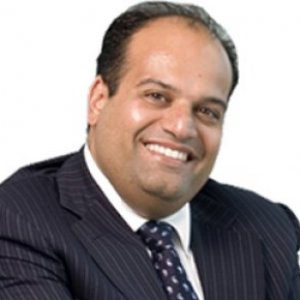
“Itzik is an International Speaker, Bestselling Author, Business Mentor & Attorney-at-law. The Global Leading Authority on Business Development, Business Networking, Referrals & Relationship Capital & Founder of THE SWITCH® and THE SWITCH HUB®”
